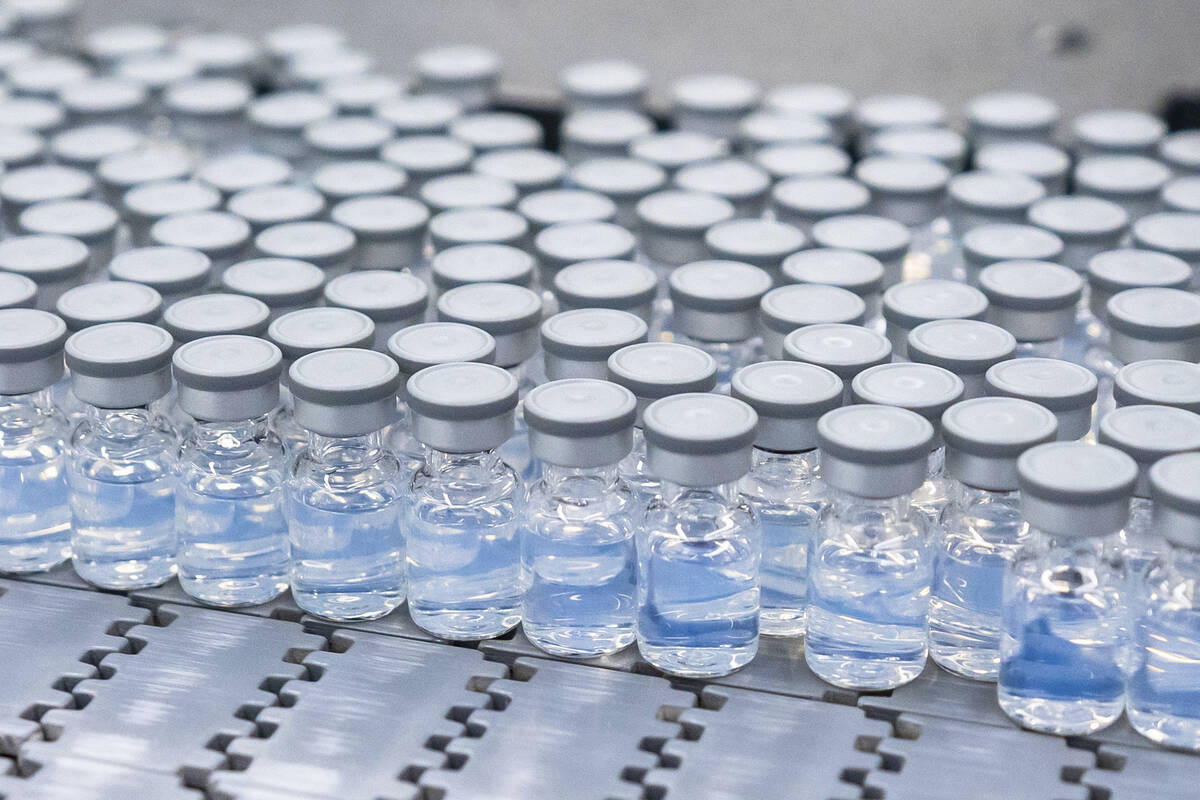CDC endorses updated COVID booster shots
New COVID-19 boosters that target today’s most common omicron strains are set to begin soon after the Centers for Disease Control and Prevention endorsed the updated shots Thursday.
The decision by CDC Director Rochelle Walensky came shortly after the agency’s advisers said if enough people roll up their sleeves, the shots could blunt a winter surge.
“They can help restore protection that has waned since previous vaccination and were designed to provide broader protection,” she said in a statement.
The tweaked shots made by Pfizer and rival Moderna offer Americans a chance to get the most up-to-date protection at yet another critical period in the pandemic. They’re combination or “bivalent” shots — half the original vaccine and half protection against the BA.4 and BA.5 omicron versions now causing nearly all COVID-19 infections.
The CDC’s advisers struggled with who should get the new booster and when because only a similarly tweaked vaccine, not the exact recipe, has been studied in people so far.
But ultimately the panel deemed it the best option considering the U.S. still is experiencing tens of thousands of COVID-19 cases and about 500 deaths every day — even before an expected new winter wave.
“I think they’re going to be an effective tool for disease prevention this fall and into the winter,” said CDC adviser Dr. Matthew Daley of Kaiser Permanente Colorado.
Comparing the tweak that has been studied in people and the one the U.S. actually will use, “it is the same scaffolding, part of the same roof, we’re just putting in some dormers and windows,” said Dr. Sarah Long of Drexel University.
The CDC is expected to adopt that recommendation soon, the last step before shots can begin. Pfizer said it expected to deliver 3 million doses to vaccination sites around the country by Tuesday.
The original COVID-19 vaccines still offer strong protection against severe illness and death, especially among younger and healthier people who’ve gotten at least one booster.
But those vaccines were designed to target the virus strain that circulated in early 2020. Effectiveness drops as new mutants emerge and more time passes since someone’s last shot. Since April, hospitalization rates in people over age 65 have jumped, the CDC said.
The new updated shots are only for use as a booster, not for someone’s first-ever vaccinations. The Food and Drug Administration cleared Pfizer’s bivalent option for people 12 and older, while Moderna’s is for adults only.
A big unknown: exactly how much benefit people will get from one of those extra shots.
The CDC said more than 1,400 people have been included in several studies of a prior tweak to the vaccine recipe targeting an earlier omicron strain named BA.1. That omicron-targeting combo shot proved safe and able to rev up virus-fighting antibodies, and European regulators on Thursday recommended using that type of booster.
In the U.S., the FDA wanted fall boosters to target the currently circulating omicron strains. Rather than waiting until possibly November for more human studies to be finished, the agency accepted mouse testing that showed the newer tweak sparked a similarly good immune response.
That’s how flu vaccines are updated every year, the CDC noted.
Dr. Pablo Sanchez of the Ohio State University was the only CDC adviser to vote against recommending the shots. He said he believes the bivalent vaccine is safe and that he likely will get it.
But “I just feel that this was a bit premature” given the absence of human data on how well it works, he said.
Several CDC advisers said that to get the maximum benefit, people will need to wait longer between their last vaccination and the new booster than the two-month minimum set by the FDA. Waiting at least three months would be better, they said.
One more change: The FDA no longer authorizes use of the original-recipe boosters for anyone 12 or older — a source of potential confusion for people who had planned on getting a regular booster this week and now may have to wait for the new kind to arrive at their local pharmacy or clinic.
It’s not clear how many people will want an updated shot. Just half of vaccinated Americans got the first recommended booster dose, and only a third of those 50 and older who were urged to get a second booster did so.
The U.S. government has purchased 170 million doses from both companies — shots that will be free — and the CDC said 200 million people could be eligible.
tter protection against omicron since it’ll be a better match” to today’s virus strains, she told the panel.
AP Medical Writer Mike Stobbe contributed.
The Associated Press Health and Science Department receives support from the Howard Hughes Medical Institute’s Department of Science Education. The AP is solely responsible for all content.

















































